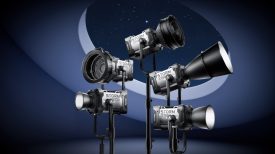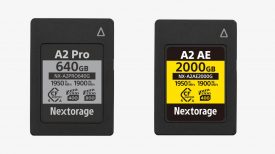By site editor Dan Chung:
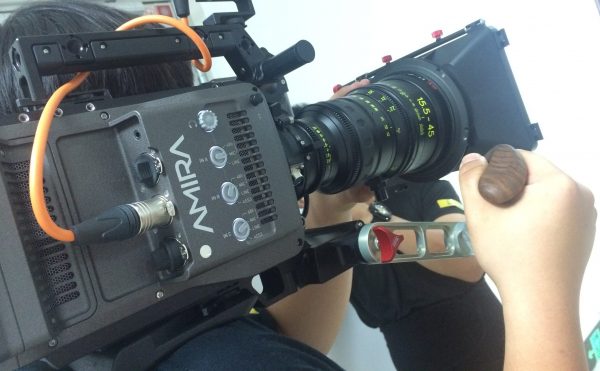
ARRI have long claimed that 4K is unnecessary to create gorgeous cinematic quality with their Alexa cameras. The argument goes that 4K capture does not necessarily add to the cinema going experience and that moviegoers can’t see the extra resolution unless sitting very close to the screen. Accurate colour, natural skin tones, wide dynamic range and the lack of visible digital artifacts are seen as being paramount. In addition ARRI claim that their CMOS sensor in the Alexa upscales very well in post production if 4K is required as the final output. Certainly there have been few complaints from audiences about the image qualities of big Hollywood movies like Gravity or Skyfall – so I would tend to agree with ARRI’s position.
So it comes as a bit of a shock to discover that ARRI have unveiled a 4K upgrade to the popular AMIRA – the Alexa’s smaller sister. It will now be able to record the 3840 x 2160 UHD variant of 4K direct to in-camera CFast cards in Apple ProRes. This is NOT a sensor upgrade though – the original sensor is still in the camera. Instead the AMIRA will up-sample the image to 4K in camera in real time and record it.
The concept of upscaling in-camera isn’t new – Panasonic used to do up-scaling in some of their broadcast cameras like the venerable HDX900. The difference here is that because the quality of sensor pixels on the ARRI chip are so good that the final output should compare well in terms of resolution with ‘genuine’ 4K cameras like Sony’s F55 or Canon’s C500. Just how well we hope to find out in the coming days.
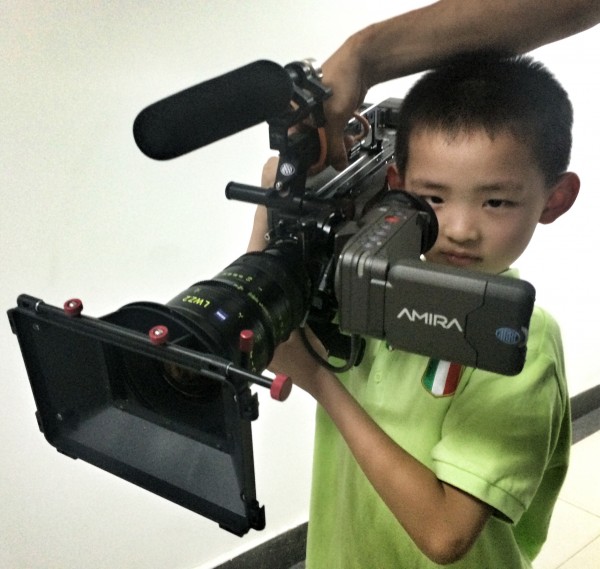
Why have ARRI done this? The short answer is that it is in response to customer requests. Even though there are currently few ways to watch 4K, many current and prospective owners of the AMIRA are concerned that they don’t invest in soon to be redundant technology. Whatever the truth about 2K or 3.5K vs 4K there will be clients who buy into the hype and start demanding 4K files. The AMIRA is aimed at TV, documentary and commercial productions that may not have the luxury of time for upressing during post production so to me it makes sense to offer it in-camera. By offering this upgrade ARRI hope to make AMIRA more future proof.
The Alexa doesn’t get this upgrade for now because ARRI believe upscale during post production will remain the norm if 4K is required in the movie world.
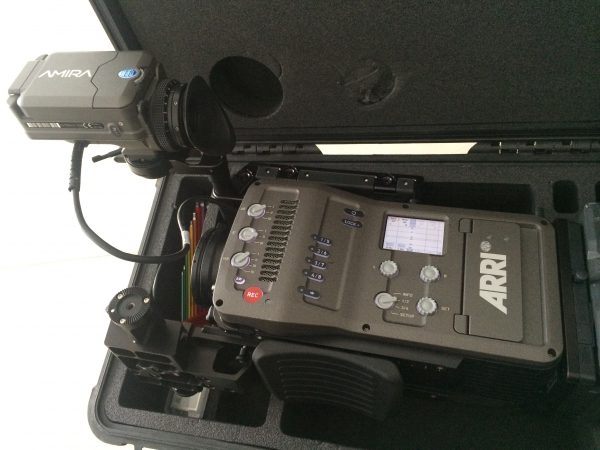
Frame rates for AMIRA 4K recording will go up to 60fps and the upgrade will come as a software license to be available to buy by the end of 2014. All the hardware required for the upgrade is already in the camera – although existing cameras will require a sensor calibration too. Dynamic range, colour and the cinematic look of the AMIRA images should remain unchanged.
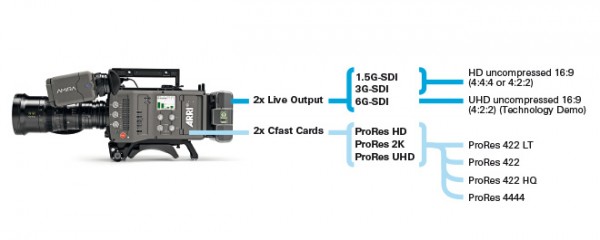
Here is the full release from ARRI:
ARRI ANNOUNCES PRORES UHD OUTPUT FOR AMIRA
(August 26th 2014, Munich) – A new software upgrade for ARRI’s documentary-style
AMIRA camera will allow it to record ProRes UHD files, answering the 4K requirements
of some productions. The upgrade is expected to be available for purchase at the online
ARRI License Shop by the end of 2014.
DELIVER ANY FORMAT
While widespread adoption of 4K or UHD for broadcast is still a long way off, an
increasing number of content owners are becoming concerned that they ought to
safeguard the longevity of their programs by ensuring that they will be suitable for UHD
transmission, should that become a standard in the future.
For those productions that do need to generate UHD deliverables, AMIRA will now
offer the ability to record all ProRes codecs in Ultra High Definition 3840 x 2160
resolution directly onto the in-camera CFast 2.0 cards, at up to 60 fps. This feature,
activated through an affordable software license (and a sensor calibration for existing
AMIRAs), comes in response to feedback from AMIRA customers, some of whom have
been quizzed about 4K deliverables by clients. It is made possible by the camera’s
exceptional image quality, its processing power, and its reprogrammable system
architecture.
Whether a production is pursuing a UHD workflow all the way through to distribution,
or simply wishes to archive in UHD in order to future-proof itself against industry
developments, AMIRA now offers an easy solution that requires no additional processes
in postproduction.
IN-CAMERA PROCESSING
The ALEXA/AMIRA sensor has repeatedly proved its ability to deliver outstanding image
quality for the 4K or even IMAX theatrical releases of high-end feature films such as
Gravity, Maleficent and Iron Man 3. This proves that the ALEXA and AMIRA camera
systems are already future-proof and more than suitable for the next generation of
distribution formats.
For major feature films, an up-sample to 4K can be carried out after visual effects and
other postproduction tasks have been completed at 2K resolution. For certain fast-
paced AMIRA productions, however, there may not be the time or resources for such
processes in post, which is why a 4K or UHD output direct from the camera has been
requested.
AMIRA’s UHD output utilizes the same efficient 1.2x up-sample filter that allows
ALEXA’s Open Gate mode to optimize the camera’s image performance for 4K
distribution, as well as the same best-in-class sensor pixels. The up-sample to UHD
happens in camera, and in real time.
SAME GREAT IMAGE QUALITY
Outputting UHD broadens the distribution options for the superior image quality that
has helped make AMIRA, and ALEXA, such a success. The wide, 14+-stop dynamic
range remains unaltered, as does the accurate colorimetry, natural skin tones, and
organic look and feel. By making that high-quality image data coming out of the sensor
compatible with higher spatial resolution formats, the UHD upgrade answers the
concerns of certain regions and productions about a 4K future, allowing AMIRA to be
used on any project, no matter what deliverables are required.
Markus Duerr, ARRI’s Product Manager for the AMIRA system, says, “Feedback about
AMIRA from all over the world has been overwhelmingly positive and it is clear that the
camera is already a great success, being used on an amazing variety of challenging
productions. Already acclaimed for its phenomenal image quality, ease of use and
versatility, the new ProRes UHD output will take these benefits even further, adding
value for customers in areas like China, where 4K is a major focus of industry attention.”
Wildlife cinematographer Rolf Steinmann, who was nominated for an Emmy Award this
year in recognition of his work with ALEXA on the BBC’s Wild Arabia series, is currently
using his AMIRA on a movie for Disney Nature. He comments, “For cameramen like
me who own their gear, the UHD upgrade is a great way to stay future-proof. From now
on when there’s pressure from the production side to deliver UHD, I can continue to
work with AMIRA and won’t have to compromise on image quality or on the camera’s
robustness and reliability.”



